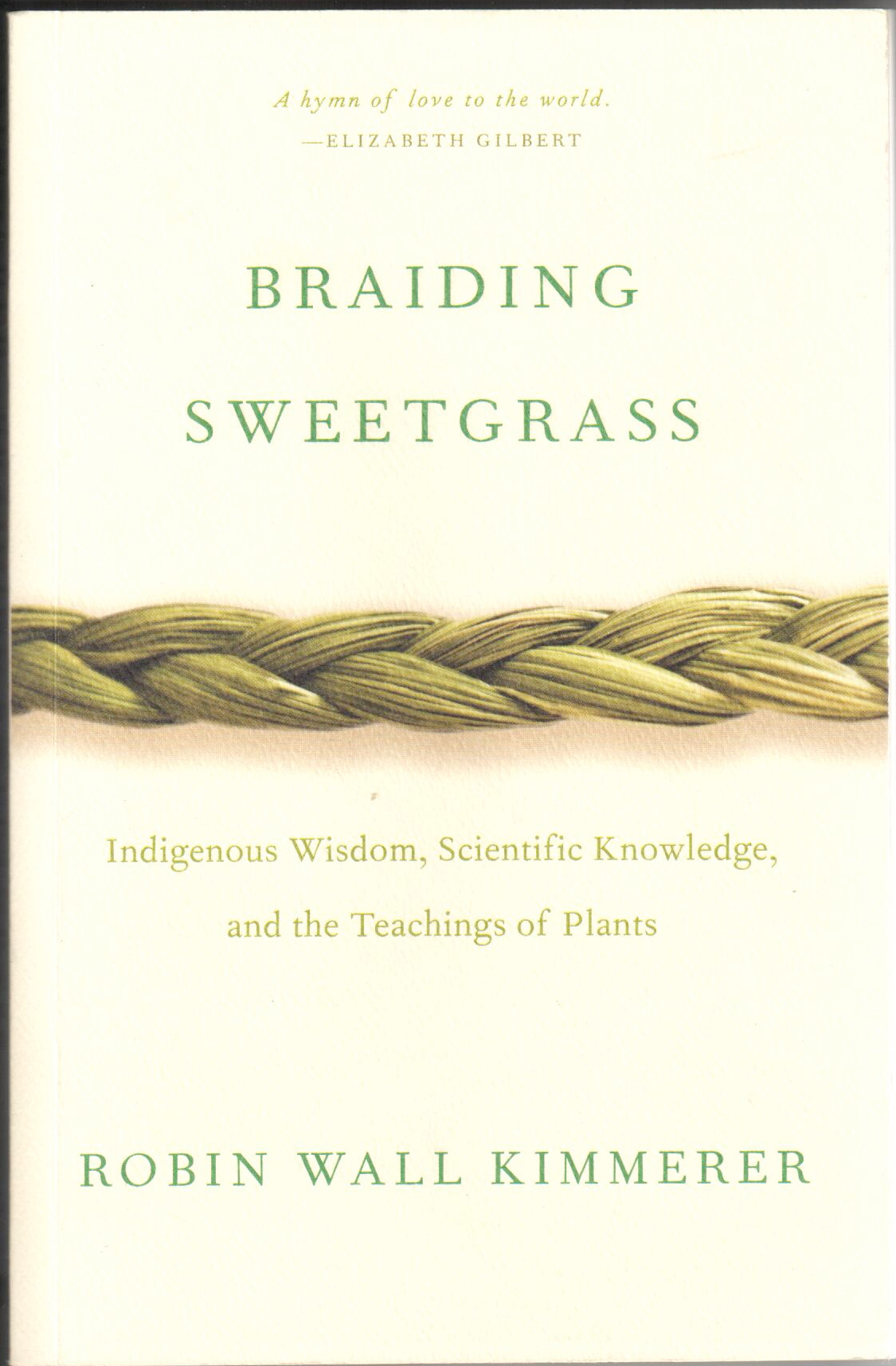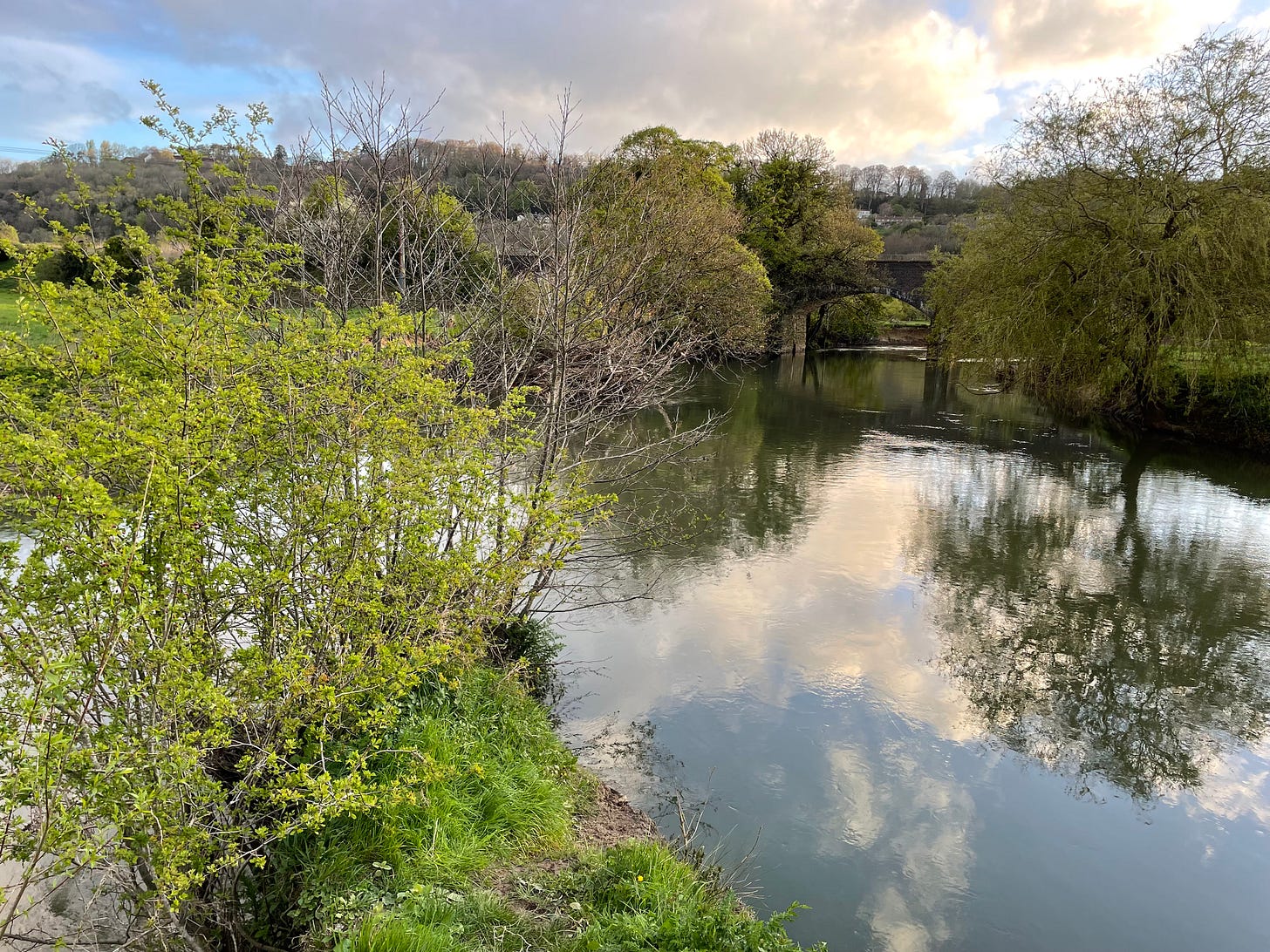I am immensely proud of my sculptor niece Anna Gillespie, who has been long involved with Extinction Rebellion and who created the image of Mother Earth that was carried on the Bier at the Funeral for Nature.
A few days before the event, Anna sent me a few pertinent words from RobinWall Kimmerer’s Braiding Sweetgrass which were on my mind through the ceremony.1
Kimmerer writes:
Ceremony focuses attention so that attention becomes intention. If you stand together and profess a thing before your community, it holds you accountable.
Ceremonies transcend the boundaries of the individual and resonate beyond the human realm. These acts of reverence are powerfully pragmatic. These are ceremonies that magnify life.
In many indigenous communities, the hems of our ceremonial robes have been unravelled by time and history, but the fabric remains strong. In the dominant society, though, ceremony seems to have withered away...
Kimmerer continues to review the ceremonies that do persist in the dominant cultures, such as birthdays, weddings, funerals. ‘These ceremonies too magnify life… we know how to carry out this rite for each other and we do it well’.
But she asks us to imagine being flooded with those same feelings of love and gratitude, standing by a River, out on the Land, attending to the all the ways the more-than-human world enriches our lives:
Can we extend our bonds of celebration and support from our own species to the others who need us… Many indigenous traditions still recognise the place of ceremony and often focus their celebrations on other species and events in the cycle of the seasons.
Kimmerer tells us that such ceremonies ‘should be reciprocal creations, organic in nature’; she asks us not to appropriate the ceremonies of indigenous people but to creates our own – recognizing that this is hard to do. But this is what the Funeral for Nature, Living Waters (see Practices and Protocols), and many, many others, from festivals of hundreds of people to private and individual prayers for Life said each morning.
I want to stand by the river in my finest dress. I want to sing, strong and hard, and stop my feet with a hundred others so that the waters hum with our happiness. I want to dance for the renewal of the world.
Kimmerer, Robin Wall. Braiding Sweetgrass: Indigenous Wisdom, Scientific Knowledge, and the Teachings of Plants. Minneapolis: Milkweed Editions, 2013. Quotations taken from Burning Cascade Head, pp.241-253







Illuminating and helpful. After last year's Living Waters course, I have been researching to create a satisfactory water ritual, but especially to compose it with meaningful elements. I found out that my feet start relating to the water as I start walking to get to it. Thus I let them meditate for me rather than involve my mind. Of course now I understand better the sense of religious processions: the actions of walking (feet relating to the destination through the soil under them) goes naturally with the action of singing, which is of course why in peace and in war that is precisely what has always been done by people.